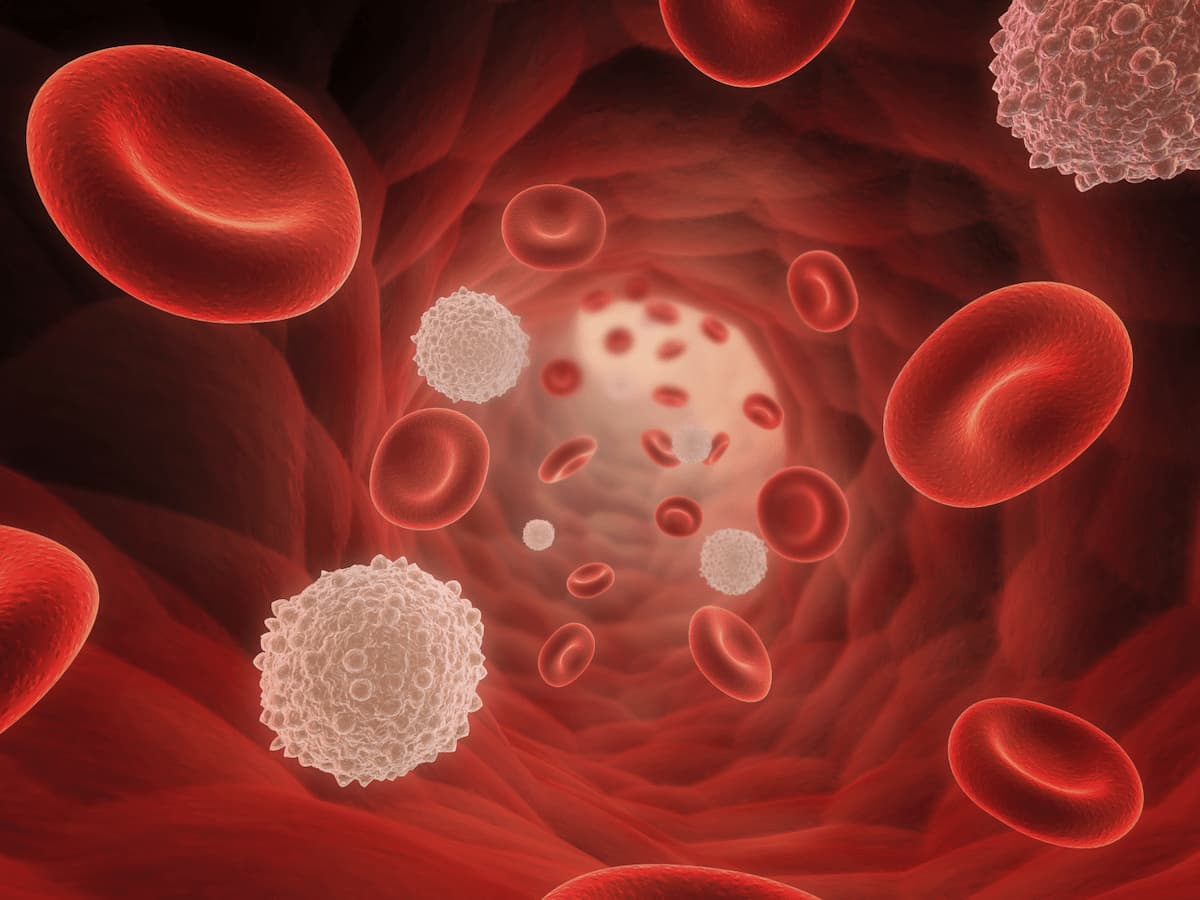Data Show Low Severity AEs With Liso-Cel Across Blood Cancer Settings
Findings support the established safety profile of lisocabtagene maraleucel across hematologic oncology indications.
"These results reinforce the established safety profile of liso-cel across indications and can inform optimal monitoring requirements after infusion to suit patient needs and improve access to treatment, without compromising safety," according to the study authors.

Most instances of cytokine release syndrome (CRS), immune effector cell-associated neurotoxicity syndrome (ICANS), and neurological events (NEs) were not severe and occurred within 15 days after infusion of lisocabtagene maraleucel (liso-cel; Breyanzi) across different clinical trial and real-world settings, according to findings from a poster presentation at the 2025 American Society of Clinical Oncology (ASCO) Annual Meeting.
Of 702 patients who enrolled on a clinical trial, 60% experienced any CRS or NE, with 96% of these events taking place within day 15 following infusion of liso-cel. Additionally, among 18 who experienced CRS or NE onset after day 15 post-infusion, all experienced grade 1/2 events only.
Among 877 patients who received treatment in a real-world setting with data available in the Center for International Blood and Marrow Transplant Research (CIBMTR) Registry, 53% had any CRS or ICANS, with 96% of events occurring within 15 days after liso-cel infusion. Of 18 who experienced onset of ICANS or CRS at more than 15 days following infusion, most events were grade 2; events of grade 3 or higher affected 2 patients.
Of those who were treated in a clinical trial, 54% (n = 381/702) had any-grade CRS, with 98% of events occurring within 15 days after infusion. Among those with data in the CIBMTR Registry, 49% (n = 430/877) had any-grade CRS, with 97% taking place within 15 days after infusion.
“Data from the liso-cel pivotal clinical trials and the real-world [standard-of-care] setting from the CIBMTR Registry were consistent and demonstrated that most CRS/ICANS/NEs occurred [within 15 days after liso-cel infusion] and were not severe,” lead study author Manali Kamdar, MD, MBBS, from the University of Colorado Cancer Center in Aurora, Colorado, wrote with coauthors. “These results reinforce the established safety profile of liso-cel across indications and can inform optimal monitoring requirements after infusion to suit patient needs and improve access to treatment, without compromising safety.”
Investigators collected and pooled data from 5 clinical trials (NCT02631044, NCT03331198, NCT03483103, NCT03575351, NCT04245839) assessing liso-cel in relapsed/refractory large B-cell lymphoma (LBCL), chronic lymphocytic leukemia (CLL) or small lymphocytic lymphoma (SLL), follicular lymphoma, and mantle cell lymphoma (MCL). Additionally, they extracted real-world data pertaining to the standard-of-care setting from the CIBMTR Registry, which included patients who received prescribed liso-cel for relapsed/refractory LBCL who had at least 1 reported assessment after infusion from February 2021 to May 2024.
Adverse effects (AEs) of interest in this analysis included CRS, NEs, and ICANS. Clinical trial AEs were reported at onset and as maximum event grade of the first episode; real-world AE grades were reported as the maximum event grade during the reporting period.
The median patient age was 65.0 years (range, 18.0-86.0) in the clinical trial group and 70.6 years (range, 23.3-91.2) in the CIBMTR Registry population. In each respective population, most patients were White (78% vs 86%), had diffuse LBCL histology (45% vs 82%), had an ECOG performance status of 0 or 1 (97% vs 82%), had refractory disease (71% vs 65%), and received bridging therapy (60% vs 57%).
The median time to onset of CRS and NEs, respectively, was 5 days (range, 1-63) and 8 days (range, 1-63) in the clinical trial population, with a median time to resolution from onset of 5 days (range, 1-37) and 7 days (range, 1-119) for each toxicity type. In the CIBMTR Registry, the median time to onset was 4 days (range, 1-554) for CRS and 6 days (range, 1-30) for ICANS; the median time to resolution from onset was 4 days (range, 1-36) and 5.5 days (range, 1-101), respectively.
In the clinical trial setting, 71% of patients with onset of CRS at more than 15 days following infusion required standard hospitalization, with none needing intensive care unit (ICU)–level care. The most common required therapies for those with CRS included tocilizumab (Actemra; 57%) and corticosteroids (29%).
Among patients with data in the CIBMTR Registry, all evaluable cases of CRS resolved without hospitalization, and no grade 4/5 events occurred after 15 days following infusion. For patients with CRS in this setting, 67% required tocilizumab, and 20% needed corticosteroids.
Of 27 patients in the clinical trial setting who experienced NE onset at more than 15 days after infusion, 93% (n = 25) had their toxicities managed in the outpatient setting without hospitalization, with corticosteroids serving as the primary intervention strategy (26%). Among 8 patients with ICANs onset at more than 15 days after infusion in the real-world setting, 50% required management with corticosteroids.
In the clinical trial setting, no grade 5 NEs or CRS occurred. Among patients included in the CIBMTR Registry, 11 had grade 5 CRS and/or ICANS with event onset within 15 days after infusion. Specifically, 6 patients had grade 5 CRS, 4 had grade 4 ICANs, and 1 experienced both.
Reference
Kamdar MK, Shadman M, Ahmed S, et al. Optimizing post–chimeric antigen receptor (CAR) T cell monitoring: Evidence across lisocabtagene maraleucel (liso-cel) pivotal clinical trials and real-world experience. J Clin Oncol. 2025;43(suppl 16):7026. doi:10.1200/JCO.2025.43.16_suppl.7026